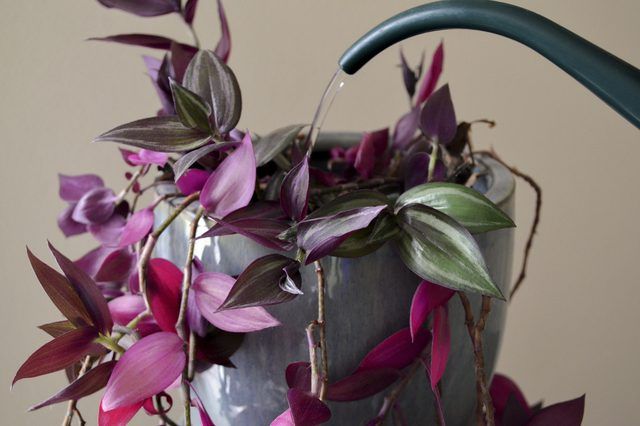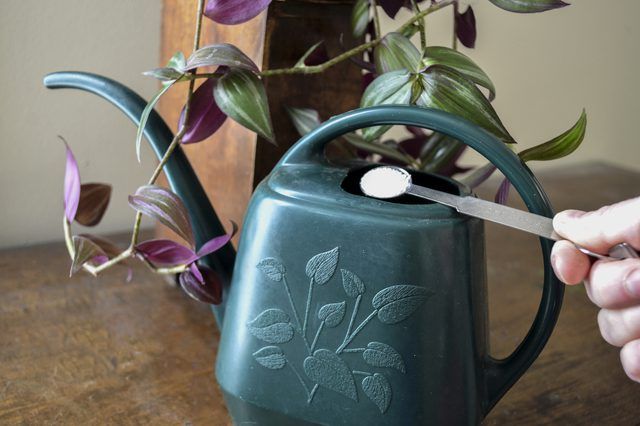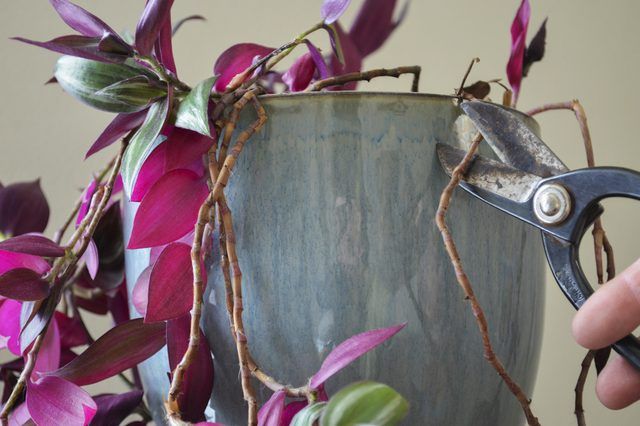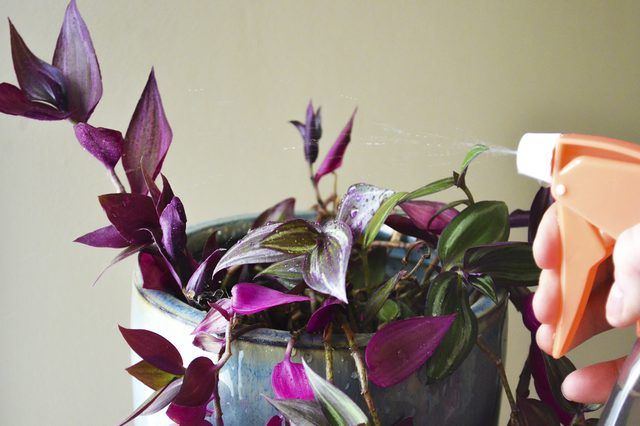Bulbs
Flower Basics
Flower Beds & Specialty Gardens
Flower Garden
Garden Furniture
Garden Gnomes
Garden Seeds
Garden Sheds
Garden Statues
Garden Tools & Supplies
Gardening Basics
Green & Organic
Groundcovers & Vines
Growing Annuals
Growing Basil
Growing Beans
Growing Berries
Growing Blueberries
Growing Cactus
Growing Corn
Growing Cotton
Growing Edibles
Growing Flowers
Growing Garlic
Growing Grapes
Growing Grass
Growing Herbs
Growing Jasmine
Growing Mint
Growing Mushrooms
Orchids
Growing Peanuts
Growing Perennials
Growing Plants
Growing Rosemary
Growing Roses
Growing Strawberries
Growing Sunflowers
Growing Thyme
Growing Tomatoes
Growing Tulips
Growing Vegetables
Herb Basics
Herb Garden
Indoor Growing
Landscaping Basics
Landscaping Patios
Landscaping Plants
Landscaping Shrubs
Landscaping Trees
Landscaping Walks & Pathways
Lawn Basics
Lawn Maintenance
Lawn Mowers
Lawn Ornaments
Lawn Planting
Lawn Tools
Outdoor Growing
Overall Landscape Planning
Pests, Weeds & Problems
Plant Basics
Rock Garden
Rose Garden
Shrubs
Soil
Specialty Gardens
Trees
Vegetable Garden
Yard Maintenance
How to Care for a Wandering Jew Plant
How to Care for a Wandering Jew Plant. Also called inch plant, wandering Jew (Tradescantia zebrina) is a creeping evergreen plant grown for its colorful, striped leaves, which come in shades of purple, green and white. It grows outdoors in U.S. Department of Agriculture plant hardiness zones 8 through 11 or you can grow it as a houseplant....
Also called inch plant, wandering Jew (Tradescantia zebrina) is a creeping evergreen plant grown for its colorful, striped leaves, which come in shades of purple, green and white. It grows outdoors in U.S. Department of Agriculture plant hardiness zones 8 through 11 or you can grow it as a houseplant. Established wandering Jew plants require minimal care and will thrive despite neglect. Most benefit from routine maintenance throughout the year so they look their best.

Soil moisture and humidity both contribute greatly to the long-term health and vitality of wandering Jew plants. Dry conditions often result in yellow, discolored leaves, while wet soil can contribute to root rot and disease. Water wandering Jew plants regularly from midspring until the middle of fall, allowing the soil to dry out completely on the surface. In winter, cut back water by one-half so the top 1 inch of soil dries out. Water potted wandering Jew plants until the excess water dribbles from the pot's drainage holes, and garden-grown plants to a depth of 1 inch. Always choose containers that have drainage holes for this plant. Low humidity often causes wandering Jew plants to develop crisp edges on their leaves, but you can spritz them with filtered water every few days year-round to increase humidity.

Despite their vigorous growth, wandering Jew plants don't need much fertilizer. They require no more than one application of fertilizer per month during the growing season, and you can get away with one application every two months if they grow in shade. Dissolve 1/2 teaspoon of general use, 15-15-15 ratio fertilizer in 1 gallon of clean water. Replace one watering every four to six weeks with the solution. Stop feeding in late summer to allow the wandering Jew plant to enter dormancy, then resume applications in spring when new growth begins to emerge. Fertilizer is rarely necessary for wandering Jew plants in a garden unless the soil is sandy or porous. If the plant appears to have nutrient deficiencies, use the same fertilizer solution and frequency as you would for container-grown plants.

Wandering Jew plants often develop spindly, unattractive growth as they age. Even young plants may have a lanky appearance that is improved with light pruning. Snip off scraggly, weak stems or those with discolored leaves whenever you see them. Remove them at the base and discard them. Wandering Jew plants benefit from pinching back to encourage branching. Prune back the entire plant by one-quarter once the stems reach 6 to 8 inches long. The spent flowers should also be removed to redirect the plant's energy away from seed production. Pruning should be done with shears that have been soaked for five minutes in undiluted household disinfectant and thoroughly rinsed.

Pest problems are rare in wandering Jew plants, although they may sometimes be bothered by aphids. Aphids alone cause virtually no damage, but they can transmit potentially damaging viruses, so it's important to get rid of them as soon as you discover them. Treat aphids by spraying them with a phosphate-free soap solution. Dissolve 1 teaspoon of the soap in 1 gallon of water. Apply the solution weekly using a spray bottle, saturating the area where you see the aphids. To prevent damage to the leaves, rinse off the soap solution a few hours after each treatment. Repeat treatments until the aphids are gone.

In warm, subtropical areas, wandering Jew plants can be grown outdoors year-round. In cooler climates, they need a little extra help to survive the cold. Bring potted wandering Jew plants indoors before the first frost and place them near a window with southern, western or eastern exposure. Garden-grown wandering Jew plants benefit from a 2- to 3-inch-thick layer of lightweight mulch during the coldest part of the year and regular watering on nights when frost is predicted. In late winter, frost-kissed plants may look rough, but they will soon recover when temperatures rise.
